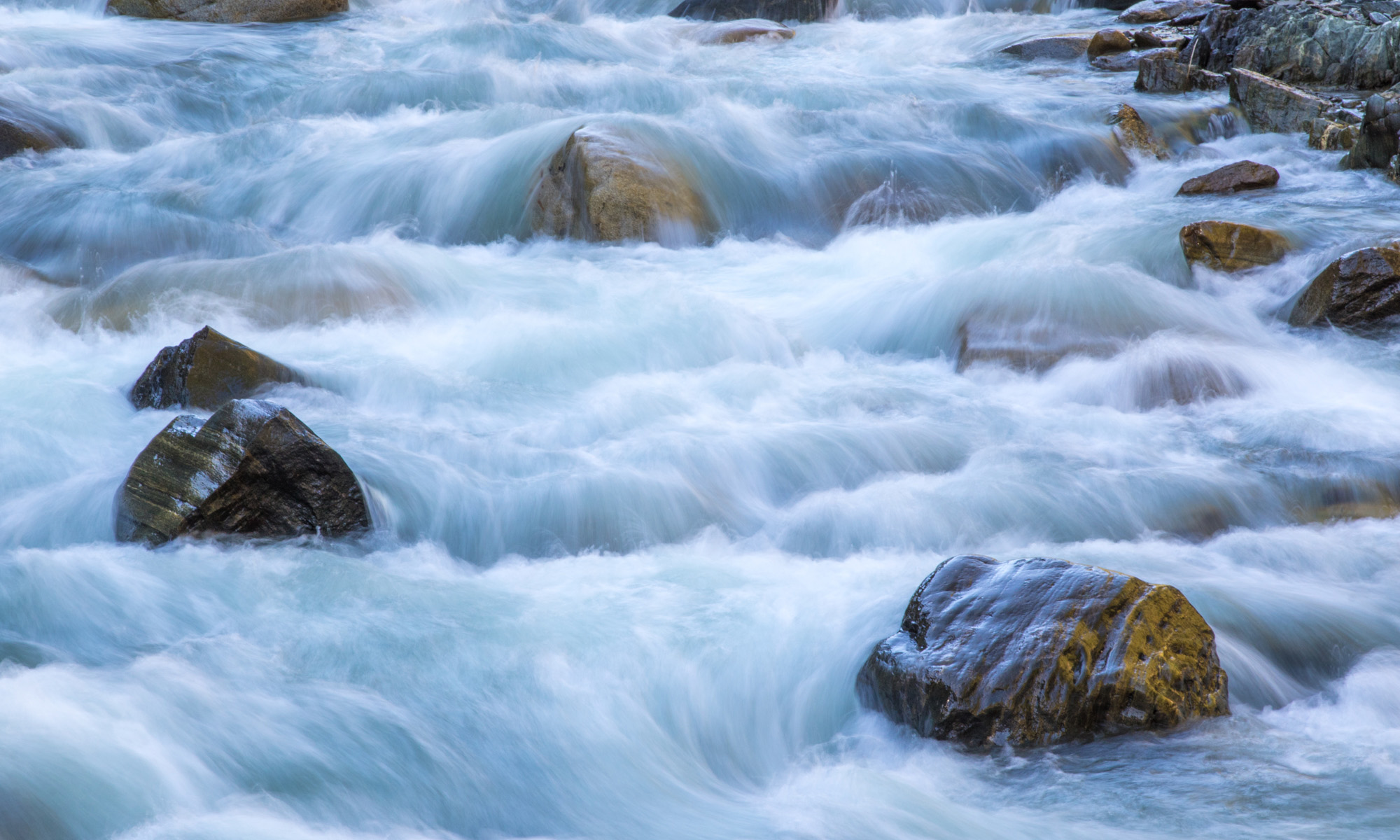Today’s Question: Yesterday’s question mentioned a technique for intersecting sky masks to improve the result. Can you clarify how to do that, as I don’t think I’ve seen it covered in your emails?
Tim’s Quick Answer: You can often improve a mask in Lightroom Classic (or Camera Raw) by intersecting two automatic sky masks together. The key improvement is a reduction in the degree to which an adjustment will blend into non-sky areas of the image.
More Detail: To get started with this technique, you’ll want to create a mask for the sky. So, for example, in Lightroom Classic you could click the Masking button (the dashed circle icon) on the small toolbar below the histogram on the right panel in the Develop module. If there aren’t any masks for the image yet you can simply click the Sky button. If there are existing masks you can click the Create New Mask button and choose Select Sky from the popup.
Next, click the “more” button (the three dots) to the right of your new sky mask and choose “Intersect Mask with” and then “Select Sky”. Note that you can also hold the Alt key on Windows or the Option key on Macintosh to reveal an Intersect button, which you can click and then choose “Select Sky from the popup.
The result will be a mask that doesn’t have as much blending along the edges, which can help prevent the targeted adjustment from affecting non-sky areas. The process simply involves intersecting two masks for the sky, which increases contrast along the mask edge where partially transparent areas are often found.
This technique won’t improve the accuracy of masks for the sky for all images, but it provides a quick way to improve masks that extend too much beyond the sky in a photo.

